AiPrise
12 min read
October 29, 2025
Understanding Customer Verification for Enhanced Service Compliance

Key Takeaways










Companies that failed to implement adequate verification customer service protocols faced an average of $4.88 million in data breach costs, not including regulatory penalties. Yet many organizations still treat customer verification as a checkbox exercise rather than a strategic business necessity.
The truth is stark: in an era where fraud losses exceed billions annually and regulatory fines grow exponentially, customer verification is critical. Organizations that get this right build unshakeable customer trust, avoid costly penalties, and create operational resilience.
This guide reveals exactly how to build a verification system that protects your business, delights your customers, and ensures rock-solid compliance. Whether you're a fintech startup or an established enterprise, you'll discover practical strategies that make a real difference.
Key Takeaways
- Customer verification is essential for businesses to prevent fraud, ensure compliance with regulations (like KYC, AML, and GDPR), and build customer trust.
- There are two main types of customer verification: passive verification (which uses existing data) and active verification (requiring customer input, such as documents or biometric data).
- Combining verification methods (e.g., document checks, biometrics, and knowledge-based authentication) strengthens security and enhances the customer experience.
- AI and biometrics are revolutionizing verification, offering more secure, efficient, and scalable solutions.
- AiPrise offers a comprehensive solution to optimize your verification process, ensuring security, compliance, and an enhanced customer experience.
What is Customer Verification?
Customer verification is the process by which a business confirms the identity of its customers to ensure they are who they claim to be. This is a crucial step in building trust, preventing fraud, and ensuring compliance with regulatory requirements.
In simple terms, customer verification involves validating a person’s identity through various means, including personal information checks, biometric data, government-issued identification, and more. Businesses use verification to ensure that transactions are legitimate, safeguard sensitive data, and mitigate potential risks like fraud or identity theft.
There are two main types of verification: active verification and passive verification. Active verification requires customer participation, while passive verification occurs in the background without direct involvement from the customer.
Active Verification
Active verification methods involve direct interaction with the customer to confirm their identity. These methods typically require customers to provide documents, answer security questions, or perform an action to verify their identity.
Common methods of active customer verification include:
Passive Verification
Passive verification occurs automatically in the background, without the need for customer action. It relies on pre-existing data or real-time checks to verify identity.
Common passive customer verification includes:
Both active and passive verification play essential roles in safeguarding businesses and customers. The choice of method depends on the level of security required and the user experience you wish to provide.
Suggested read: Steps to Know Your Customer (KYC) Compliance and Reducing Fraud.
Understanding the 'what' of customer verification is just the first step. Let's explore why it is non-negotiable for meeting compliance mandates.
Why Customer Verification is Important for Service Compliance
Customer verification is an indispensable regulatory requirement that simultaneously acts as a strategic defense against fraud and a platform for secure business growth.
Defense Against Fraud
With increasing online transactions, businesses face a severe threat from identity theft and unauthorized access. Verification is the primary defense, ensuring individuals are legitimate and protecting sensitive data.
The scale of the threat is clear: US consumers lost a reported $12.5 billion in 2024 due to fraud. Furthermore, the rise in schemes like synthetic identity fraud—which nearly 50% of businesses experienced from 2022 to 2023—demands the use of advanced verification systems.
Mandatory Compliance
Verification is non-negotiable for regulatory compliance, particularly in finance and healthcare. Regulations like KYC and AML legally mandate identity checks. Failure to comply leads to hefty fines and legal repercussions.
By enforcing these checks, companies protect themselves from legal trouble and reassure regulators by actively preventing illicit financial activities.
Enabling Growth
Beyond managing risk, robust verification is crucial for positive customer experiences and business growth. To successfully scale operations and introduce innovative products, especially in regulated sectors, businesses must embed trustworthy, seamless verification processes for users. This enables the secure delivery of digital services, which is essential as digital transformation accelerates.
While customer verification is critical for protecting against fraud and ensuring compliance, implementing the right strategies is key to maximizing its effectiveness. Let’s explore the best practices that can help businesses enhance their verification processes while delivering a seamless experience for their customers.
Also read: How Identity Verification Enhances KYC Compliance.
Best Practices for Verification Customer Service
Implementing an effective customer verification system requires more than just the right tools; it demands careful planning and adherence to best practices to ensure both security and compliance.
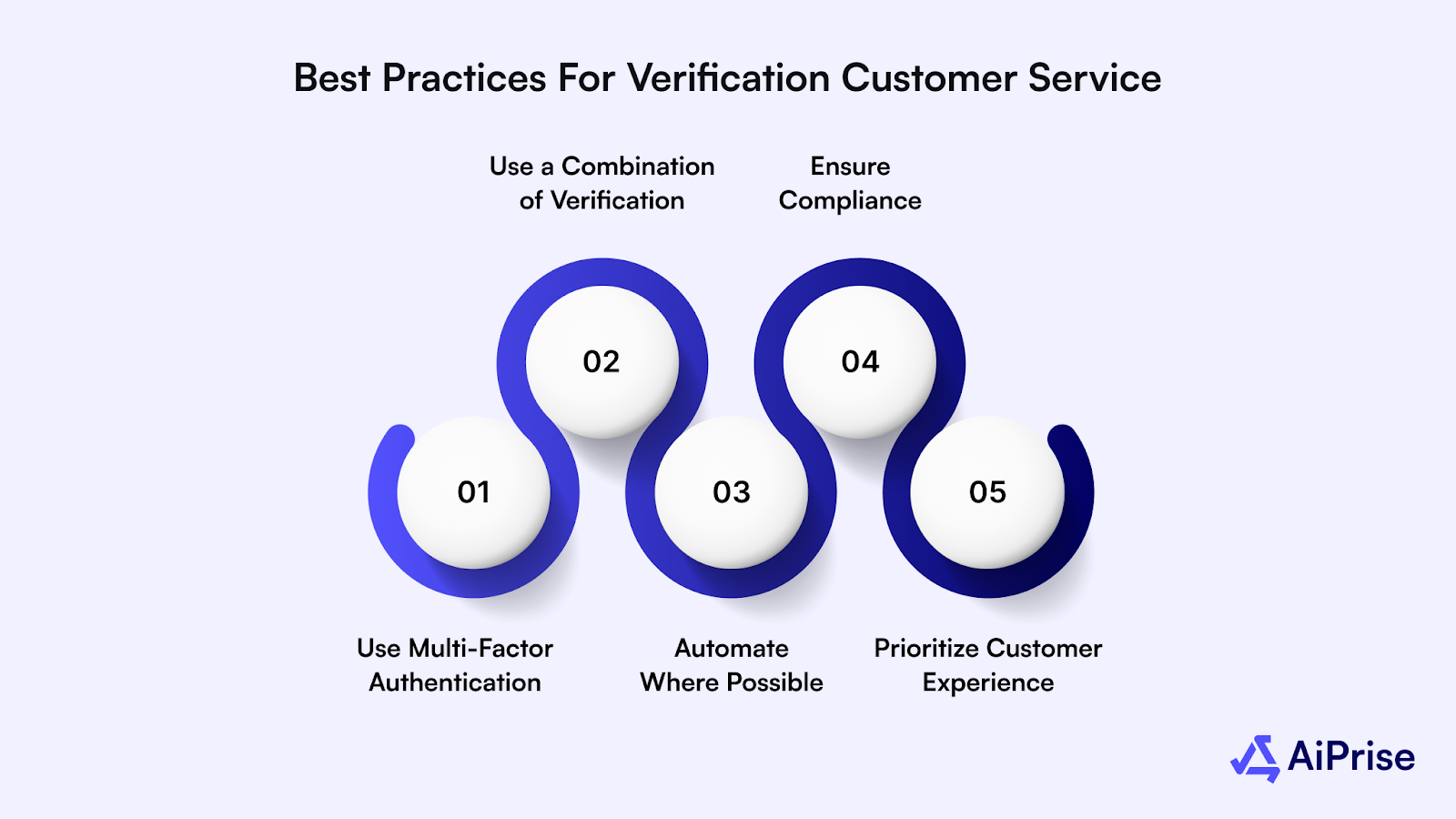
Here are some essential best practices for building a robust verification process:
1. Use Multi-Factor Authentication (MFA)
Multi-factor authentication is one of the most effective ways to enhance security during customer verification. By combining something the customer knows (like a password) with something they have (such as a smartphone or security token), you add an extra layer of protection against unauthorized access.
2. Use a Combination of Verification Methods
Rather than relying on just one verification method, combining multiple methods can offer greater security and a smoother customer experience. Here’s a quick look at how different techniques compare:
- Document Verification is easy to implement, but it can be vulnerable to fraud if not cross-checked with trusted sources.
- Biometric Verification (e.g., facial recognition, fingerprint scanning) offers high security but may require costly infrastructure.
- Knowledge-Based Authentication (KBA) adds an extra layer of security but is only as strong as the data used, which could be compromised.
By strategically combining these methods, businesses can create a more secure and efficient verification process.
3. Automate Where Possible
Automating verification processes can significantly reduce human error and speed up the customer experience. Automated systems can instantly verify documents, check for inconsistencies, and flag suspicious activities.
This not only improves operational efficiency but also enhances the customer experience by reducing wait times.
4. Ensure Compliance with Regulatory Standards
Whether it’s KYC in the financial sector or GDPR for data protection, your verification processes must align with the relevant laws and regulations. Regularly review your procedures to ensure they meet compliance standards and adapt to any changes in the legal landscape.
5. Prioritize Customer Experience
While security is paramount, it’s also important to create a verification process that’s easy for customers to navigate. A seamless, user-friendly verification process can reduce frustration and build trust, ultimately improving customer retention.
With these best practices in mind, let’s take a look at the common challenges businesses face when implementing verification systems and how to overcome them.
Challenges of Customer Verification
While customer verification is crucial for both security and compliance, businesses often face several challenges in implementing effective verification systems. These hurdles can affect the accuracy, efficiency, and overall customer experience.
Let’s explore some of the most common challenges businesses encounter:
1. Balancing Security and Convenience: Finding the right balance between strong security and user-friendly experiences can be difficult. Overly complicated verification processes may frustrate customers, while lax ones can leave businesses vulnerable to fraud.
2. High Costs: Advanced verification systems, such as biometric tools or AI-based technologies, can be expensive. For many businesses, especially smaller ones, the financial investment in these systems may not always be feasible.
3. Fraudulent Documents: Document verification is prone to manipulation. Fraudsters can create fake or altered documents, making it challenging to ensure authenticity without advanced verification tools.
4. Data Privacy and Compliance Risks: Businesses must manage sensitive customer data carefully to comply with laws like GDPR. A failure to secure this data or meet compliance standards can result in significant fines and reputational damage.
5. Customer Resistance: New verification technologies like biometrics may face pushback from customers who are unfamiliar with or uncomfortable using them. Overcoming this resistance requires clear communication and assurance of data security.
While these challenges can be daunting, emerging technologies, especially AI, are providing innovative solutions. Let’s explore how these advances are transforming the customer verification segment.
Technological Advances in Customer Verification
As businesses face growing challenges in customer verification, technology is playing a key role in streamlining and enhancing the process. Advances in AI, machine learning, and biometrics are transforming how businesses verify customers while improving both security and user experience.

1. Artificial Intelligence (AI) and Machine Learning
AI and machine learning are making verification faster and more accurate. These technologies can analyze vast amounts of data in real time, spotting anomalies or fraudulent activities that might otherwise go unnoticed.
For instance, AI-powered systems can instantly cross-check documents, identify facial features, or detect inconsistencies in data, enhancing the overall reliability of the verification process.
2. Biometric Verification
Biometrics, including facial recognition, fingerprint scanning, and iris scans, have become increasingly popular for secure verification. Unlike passwords or documents, biometrics are unique to each individual, making them nearly impossible to forge.
As the technology becomes more affordable and accessible, more businesses are integrating biometric systems for customer verification, especially in industries like banking and healthcare.
3. Digital ID Verification
Digital identity verification systems are gaining momentum, particularly in the financial services and e-commerce sectors. These systems enable customers to verify their identities remotely through apps or websites, using features like live video feeds, document uploads, and facial recognition.
This is not only more convenient for customers but also increases the accuracy of verification, reducing the risk of fraud.
4. Blockchain Technology
Blockchain is revolutionizing data security and identity management. With blockchain, customer identity data can be securely stored and verified across multiple platforms without the need for a central authority.
This decentralized approach ensures that personal information remains safe, transparent, and tamper-proof, offering a promising solution to the challenges of secure customer verification.
5. Voice and Behavioral Biometrics
Voice recognition and behavioral biometrics are newer technologies gaining traction. Voice recognition analyzes unique vocal patterns for verification, while behavioral biometrics assesses patterns in how customers interact with digital devices (e.g., typing speed, mouse movements). These methods provide additional layers of security, especially for remote verification.
These technological advances are certainly reshaping the verification landscape, but how do they benefit businesses in terms of compliance and operational efficiency? Let’s explore the key advantages of implementing an effective customer verification system.
Benefits of Effective Customer Verification
Implementing a robust customer verification system offers significant benefits for businesses, customers, and regulatory compliance. Here are some of the key advantages:

1. Enhanced Security: Effective verification systems reduce the risk of fraud, identity theft, and unauthorized access. By confirming customer identities accurately, businesses can safeguard sensitive data and prevent malicious activities that could harm both the company and its customers.
2. Improved Customer Trust: When customers know that their personal information is being handled securely and that their identities are verified, they are more likely to trust the business. This trust translates into stronger customer loyalty and increased retention, as customers feel confident that their data is protected.
3. Regulatory Compliance: Customer verification helps businesses stay compliant with essential regulations such as KYC, AML, and GDPR. Meeting these requirements not only protects the business from legal penalties but also ensures that the business is operating within the bounds of the law.
4. Operational Efficiency: Automating customer verification processes streamlines operations, reduces human error, and shortens verification time. With quicker and more accurate verifications, businesses can focus on other areas of service delivery, improving overall efficiency and customer satisfaction.
5. Reduced Financial Losses: Fraud prevention is one of the most compelling reasons to implement customer verification. By ensuring that transactions are legitimate and customers are who they say they are, businesses can reduce the likelihood of chargebacks, financial fraud, and reputational damage.
6. Seamless Customer Experience: When done right, verification should feel effortless to customers. A smooth and user-friendly verification process increases convenience while maintaining high security, ensuring customers don’t get frustrated or abandon the service due to lengthy or complicated steps.
This clearly shows that customer verification is more than a compliance box to tick; it's a strategic driver of value.
AiPrise: Optimizing Customer Verification for Your Business
At AiPrise, we understand the critical role customer verification plays in ensuring compliance, protecting against fraud, and building customer trust. Our advanced verification solutions are designed to streamline and strengthen your verification processes, combining the latest in AI technology with industry-leading security protocols.
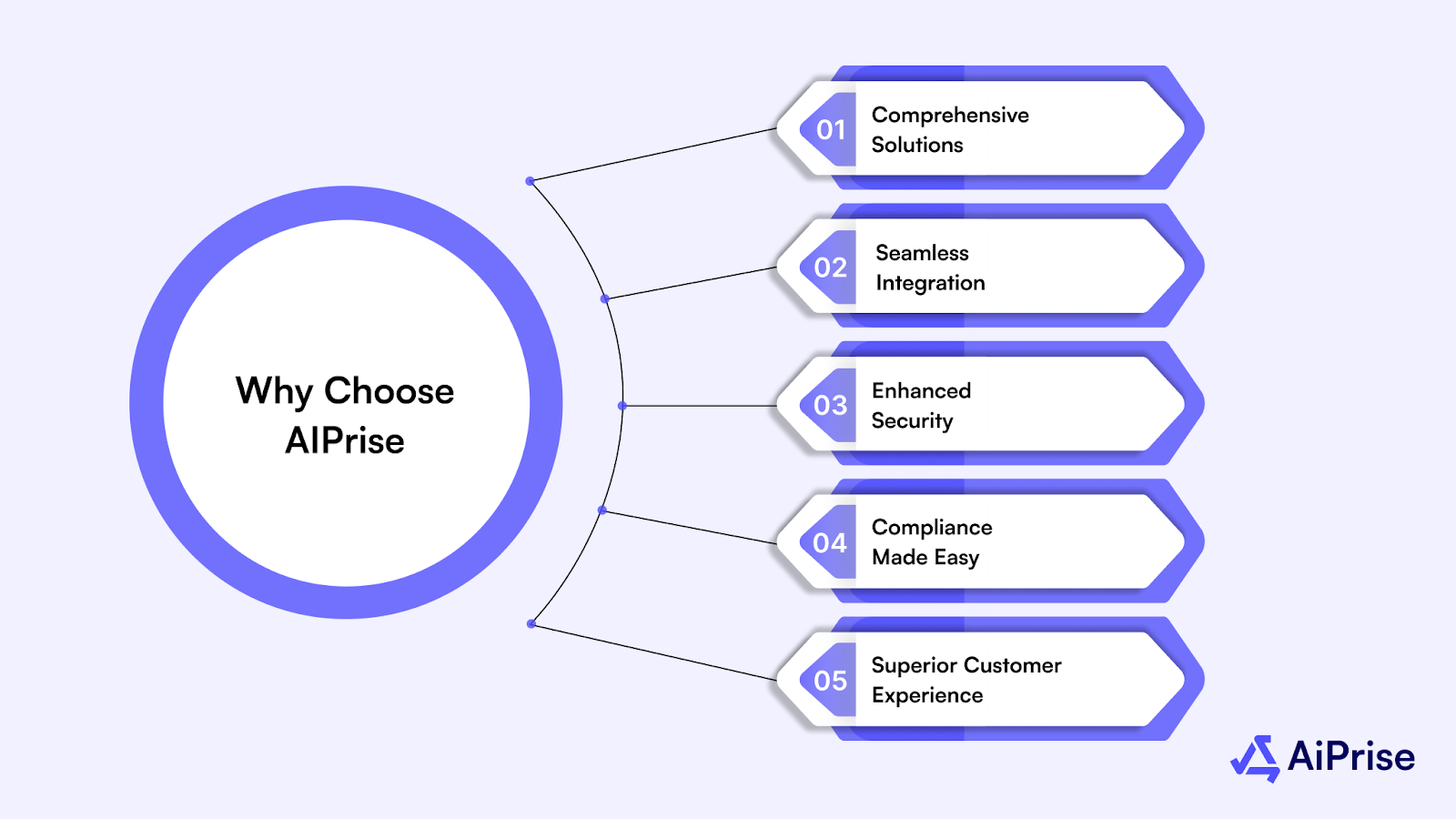
Why Choose AIPrise?
- Comprehensive Solutions: Our platform supports a wide range of verification methods, from biometric verification to document verification and knowledge-based authentication, ensuring that your business meets all regulatory requirements.
- Seamless Integration: Easily integrate AIPrise’s verification tools into your existing systems, improving efficiency without disrupting your operations.
- Enhanced Security: Our AI-driven systems continuously monitor for anomalies and fraudulent activity, providing real-time insights that help protect your business and customers.
- Compliance Made Easy: Stay compliant with the latest regulations like KYC, AML, and GDPR through our automated, streamlined processes, designed to reduce the risk of non-compliance.
- Superior Customer Experience: With user-friendly interfaces and rapid verification processes, AIPrise ensures a smooth, secure experience for your customers, increasing their trust and engagement.
Let AiPrise take the complexity out of customer verification and provide the tools you need to protect your business and build customer trust.
Conclusion
Effective verification of customer service is essential for reducing fraud, ensuring compliance with regulations like KYC, AML, and GDPR, and building trust with customers. Whether through passive or active verification methods, businesses can enhance security, streamline operations, and deliver a better customer experience.
Prioritizing verification not only protects your business but also demonstrates a commitment to data security and customer trust. In an era where security concerns are more prominent than ever, having a reliable verification process is crucial to your success.
Book a Demo today to see how our solutions can help you streamline customer verification and stay ahead in compliance.
Frequently Asked Questions(FAQs)
1. What is customer verification?
Customer verification is the process of confirming the identity of a customer to ensure they are legitimate. It involves validating personal information, documents, and other details to prevent fraud, ensure compliance with regulations, and secure business transactions.
2. Why is customer verification important for service compliance?
Customer verification is crucial for adhering to regulatory requirements such as Know Your Customer (KYC) and Anti-Money Laundering (AML) laws. It helps businesses avoid hefty fines, reduce fraud risk, and protect sensitive data, while also building customer trust and confidence.
3. What are the main types of customer verification?
The two main types of customer verification are passive verification, which uses existing data to confirm identities without customer input, and active verification, which requires customers to submit documents or undergo a verification process (e.g., biometric scans, answering security questions).
4. How can businesses ensure their verification methods are secure?
Businesses should employ a mix of document verification, biometric checks, and knowledge-based authentication. Regular audits, advanced fraud detection systems, and adherence to compliance standards like GDPR also ensure secure and reliable verification.
5. What are the challenges businesses face with customer verification?
Common challenges include balancing security with user convenience, managing the costs of advanced verification systems, dealing with fraudulent documents, maintaining data privacy, and overcoming customer resistance to new technologies.
You might want to read these...

Aiprise has helped streamline our KYB (Know Your Business) flow in 100+ countries. No other tool comes close.





Speed Up Your Compliance by 10x
Automate your compliance processes with AiPrise and focus on growing your business.




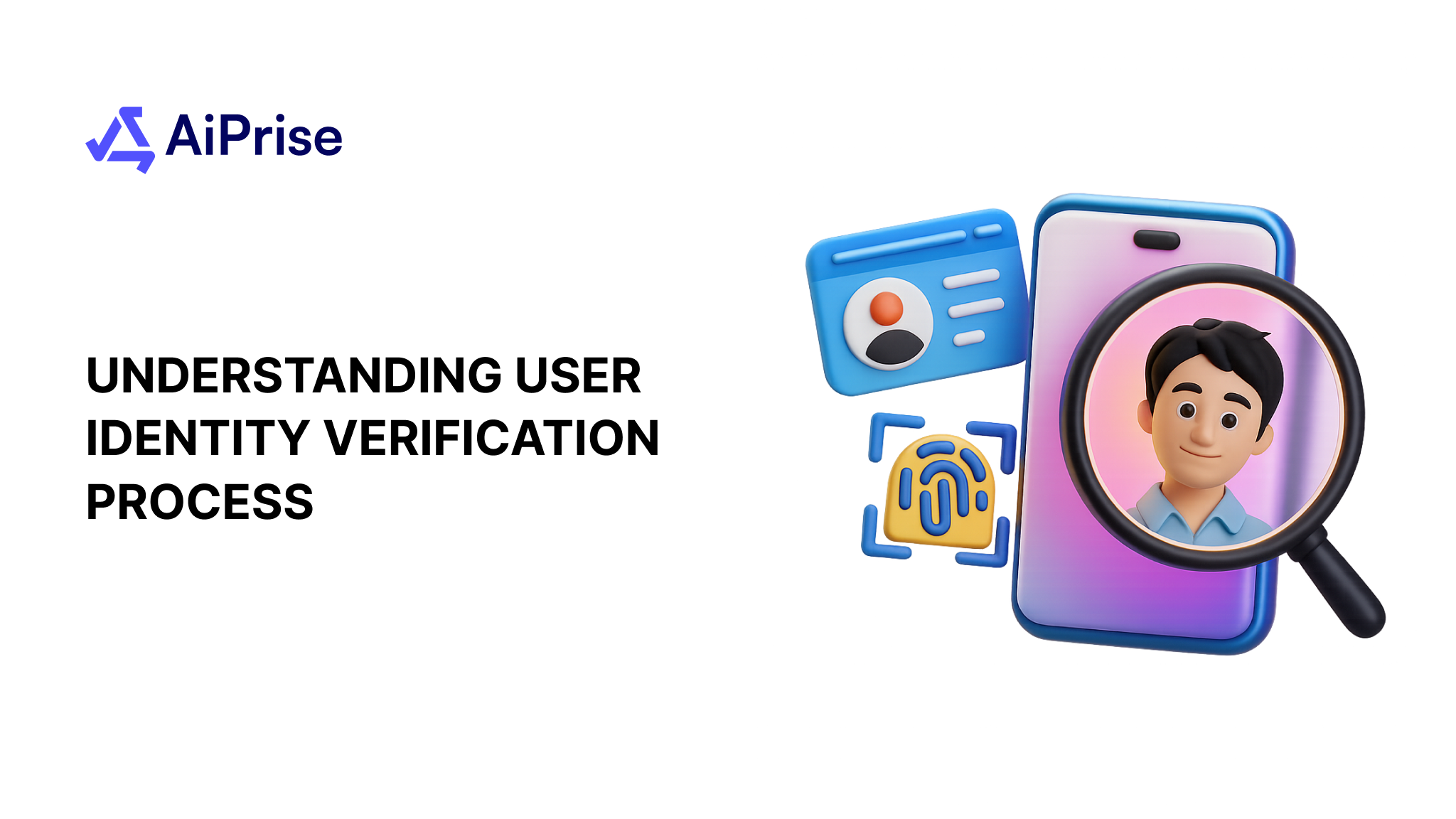
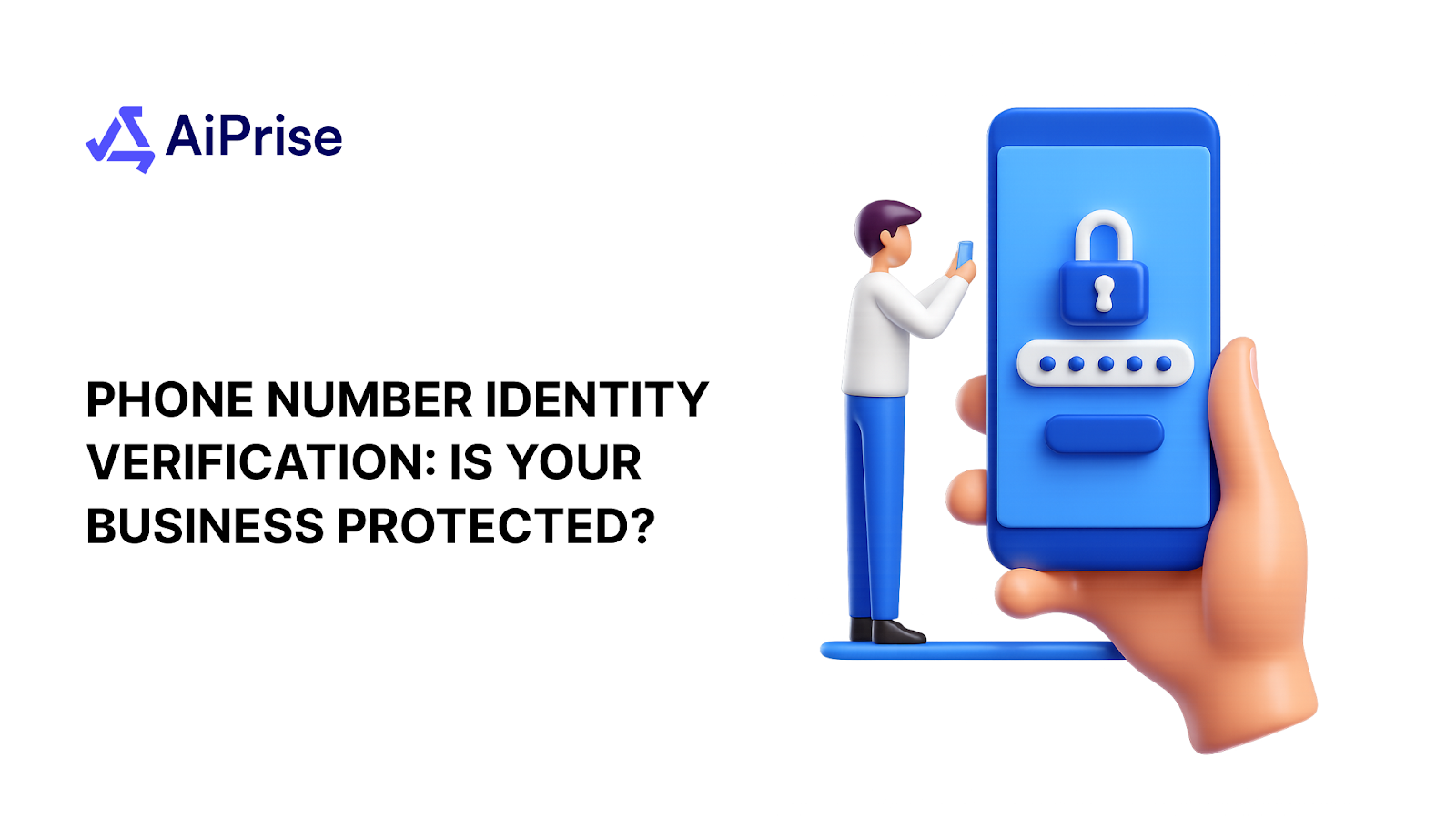
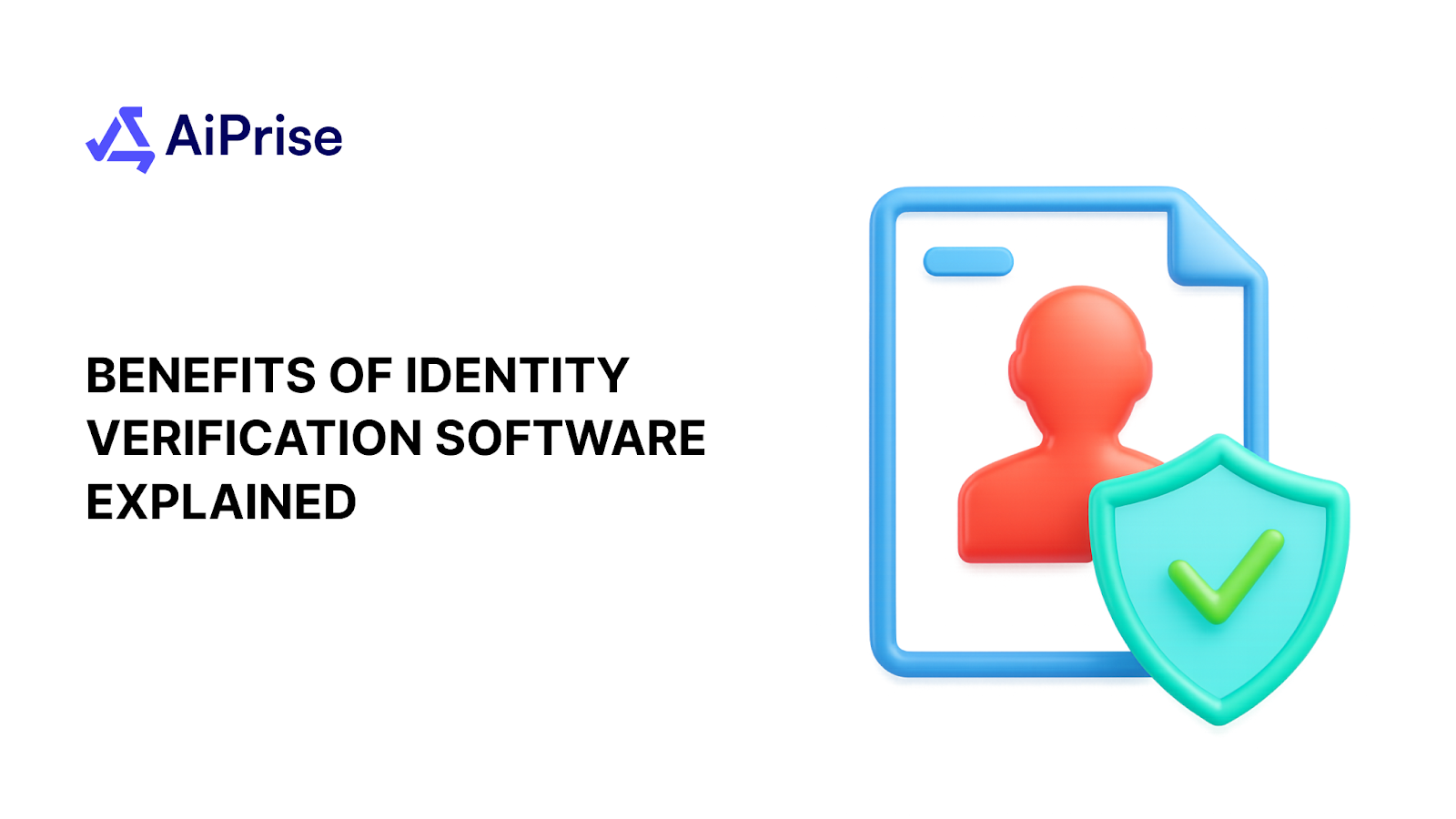
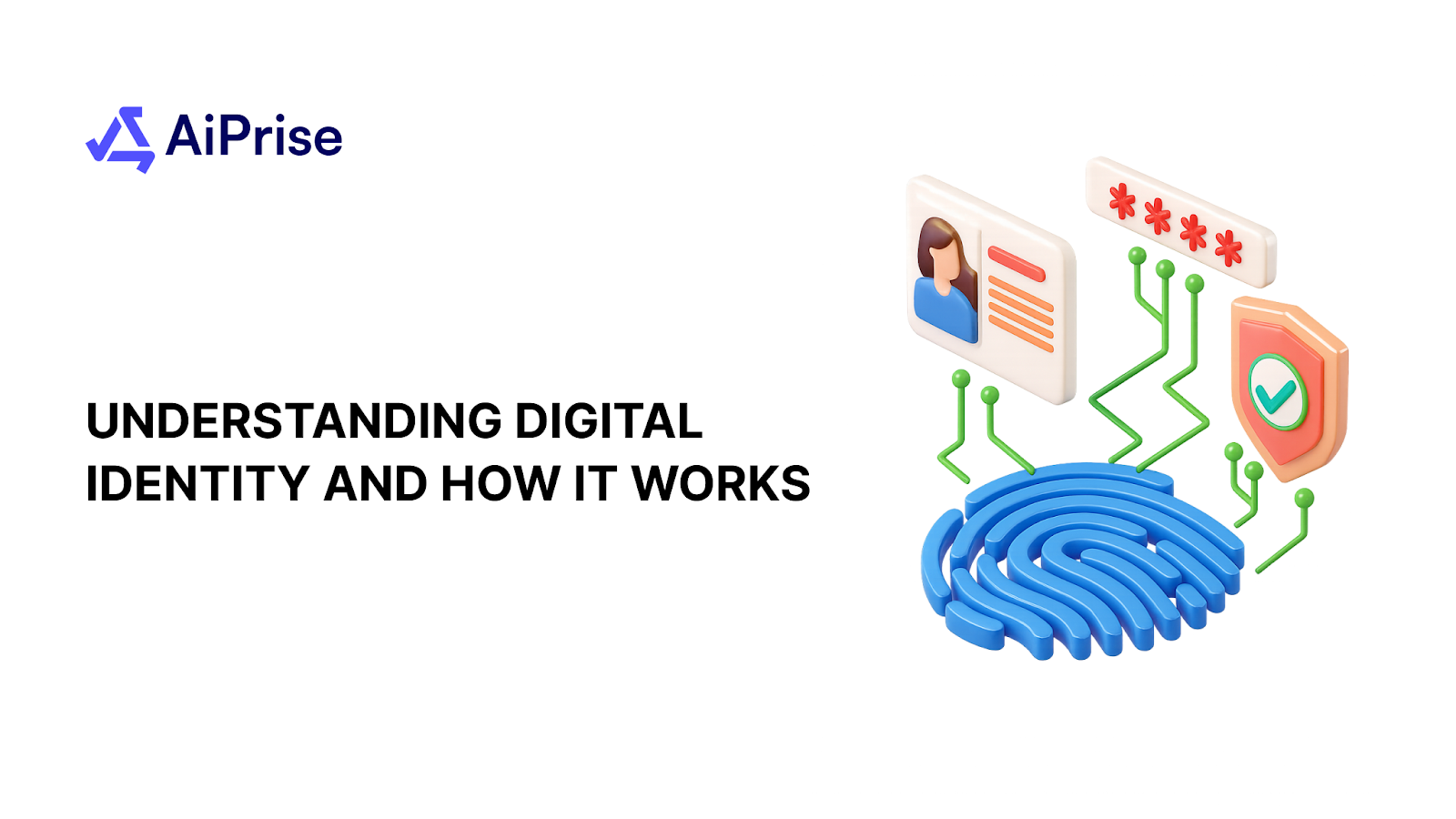
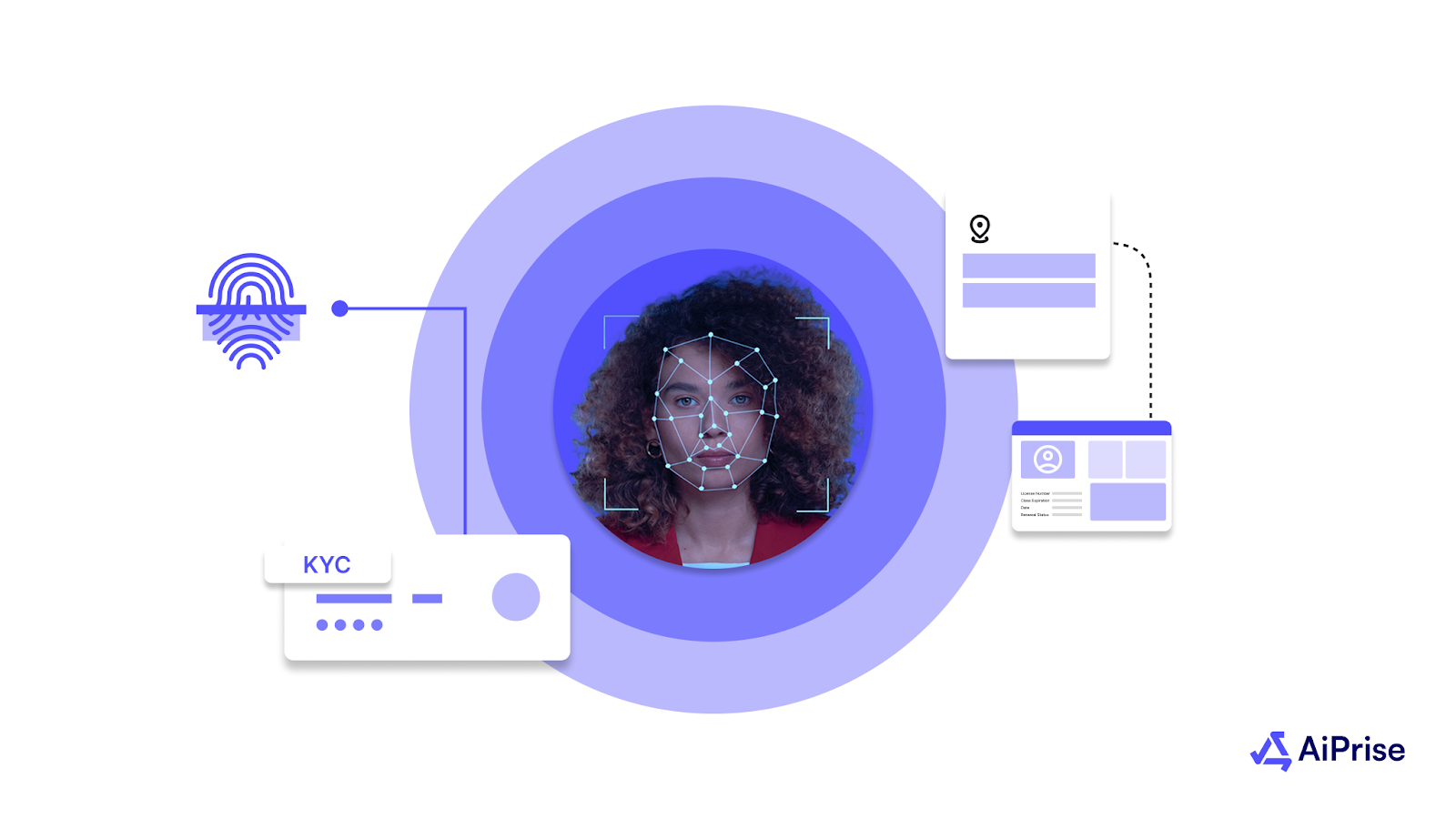
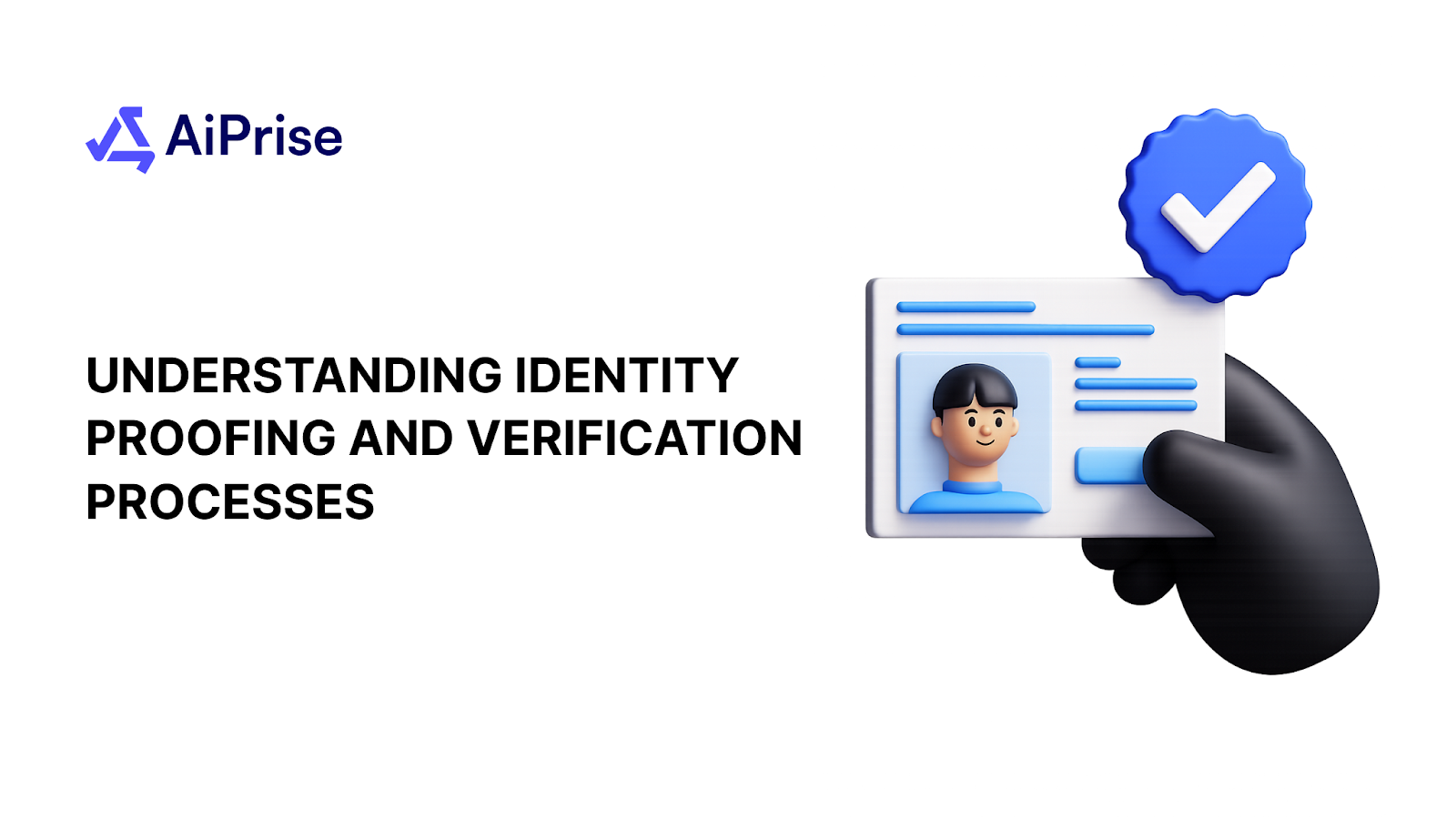
.png)




